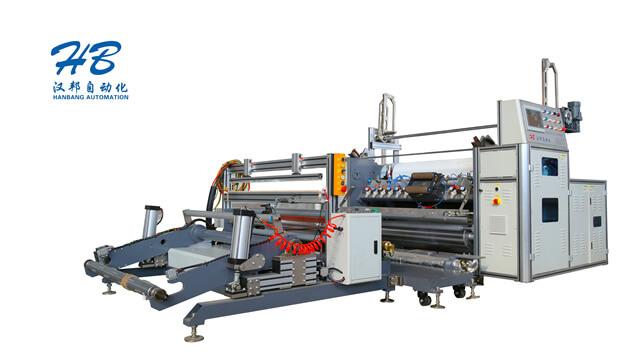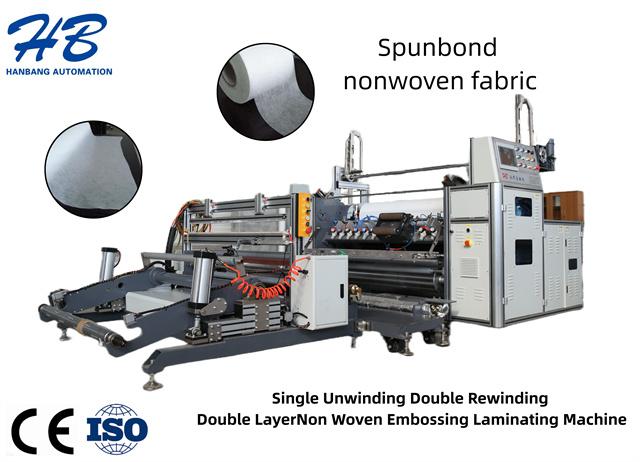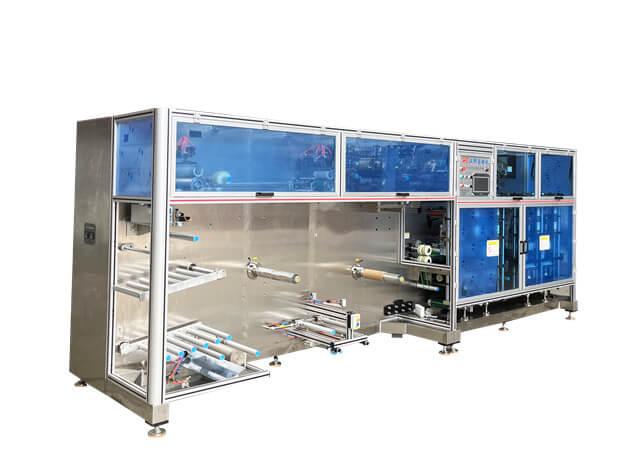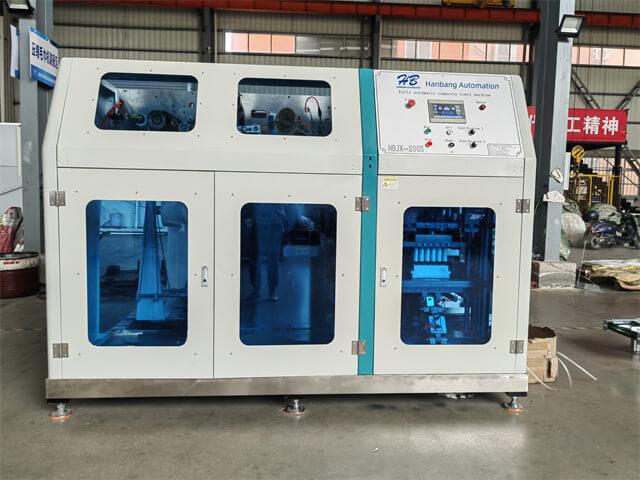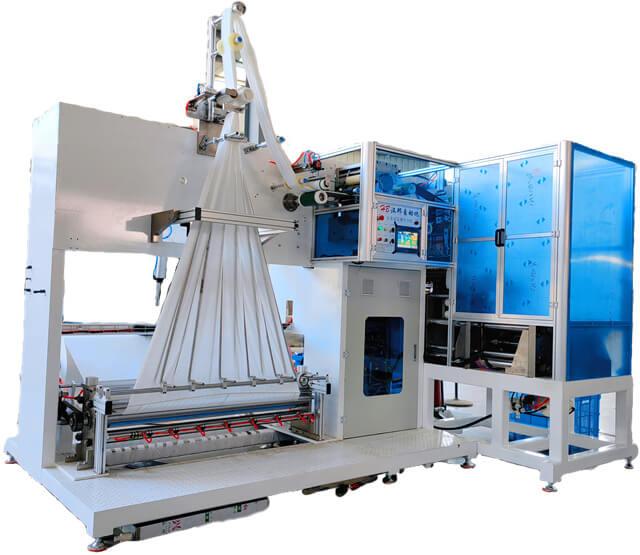Author:HB Nonwoven MachineryFROM:Compressed Towel Machine Manufacturer TIME:2023-10-17
Non-woven embossing machines play a crucial role in the production of various disposable hygiene products, such as diapers and sanitary napkins. These machines are designed to create embossed patterns on non-woven materials, enhancing their functionality and aesthetic appeal. This article aims to explore the application scope of non-woven embossing machines in the diaper and sanitary napkin industry.
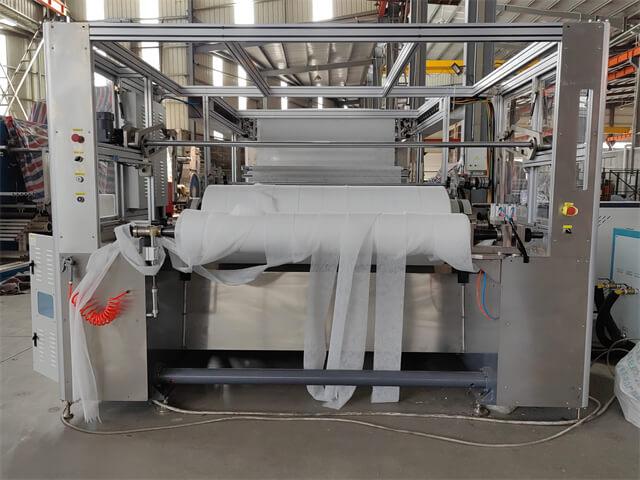
Non-woven embossing machines find extensive application in the production of diapers. The embossed patterns enhance the absorbency of the diaper by creating channels for better liquid distribution. These machines can efficiently emboss the core layer of the diaper, ensuring maximum comfort and dryness for the baby.
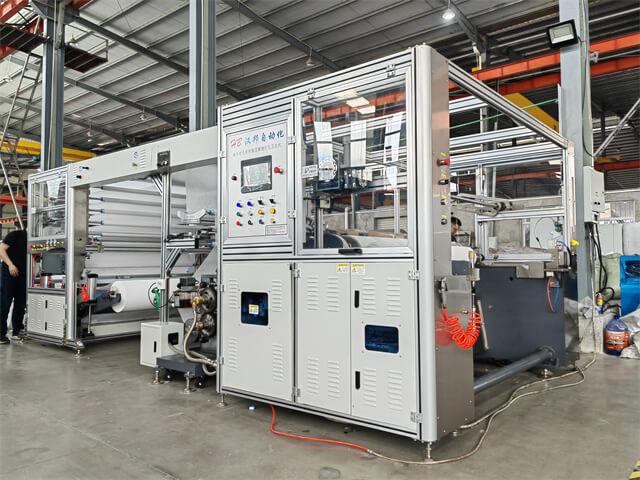
In the sanitary napkin industry, non-woven embossing machines are essential for creating embossed patterns on the top layer of the napkin. These patterns help improve the liquid permeability and prevent leakage. Additionally, embossing adds texture to the napkin, making it more comfortable and skin-friendly.
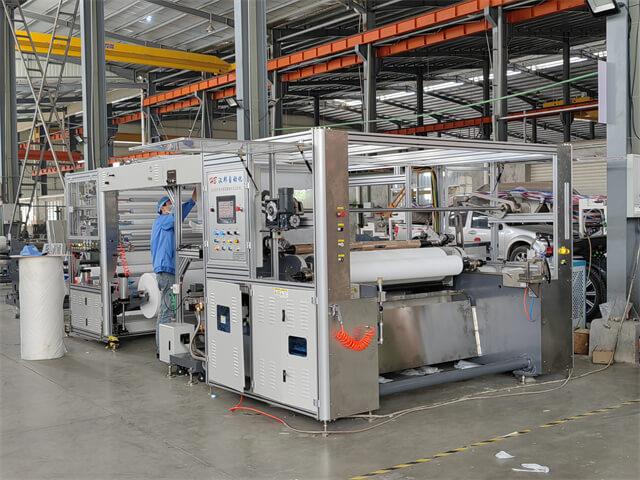
The application of non-woven embossing machines is not limited to baby diapers and sanitary napkins. These machines also play a significant role in the production of adult incontinence products. Embossing enhances the absorption capacity of the product and improves its overall performance, providing comfort and confidence to users.
Non-woven embossing machines are widely used in the medical field for producing embossed patterns on wound dressings. The embossing process creates channels that enable efficient absorption of fluids and promote faster healing. Moreover, the embossed patterns enhance the adherence of the dressing to the skin, ensuring better protection.
Embossing machines are also employed in the production of disposable bedding products, such as disposable bed sheets and pillowcases. The embossed patterns on these products improve their durability and liquid absorption capacity. They also enhance the overall appearance of the bedding, making it more appealing to users.
Non-woven embossing machines find application in the production of various medical disposable products, including surgical gowns, caps, and shoe covers. The embossed patterns on these products enhance their strength, tear resistance, and fluid resistance. This ensures optimal protection for medical professionals and patients.
Embossing machines are used in the manufacturing of industrial wipes, such as cleaning wipes and oil-absorbing wipes. The embossed patterns on these wipes help improve their absorbency and cleaning efficiency. Additionally, the embossing process adds texture, making the wipes more effective in certain applications.
Facial tissues are another product that benefits from non-woven embossing machines. The embossed patterns on facial tissues add softness and strength, enhancing their performance during use. Furthermore, embossing can add decorative elements to facial tissues, making them more visually appealing.
Non-woven embossing machines have a broad application scope in the diaper and sanitary napkin industry, as well as in various other sectors. These machines contribute to the production of high-quality, functional, and aesthetically pleasing disposable hygiene products. The embossed patterns created by these machines enhance absorbency, improve performance, and add value to a wide range of products.
